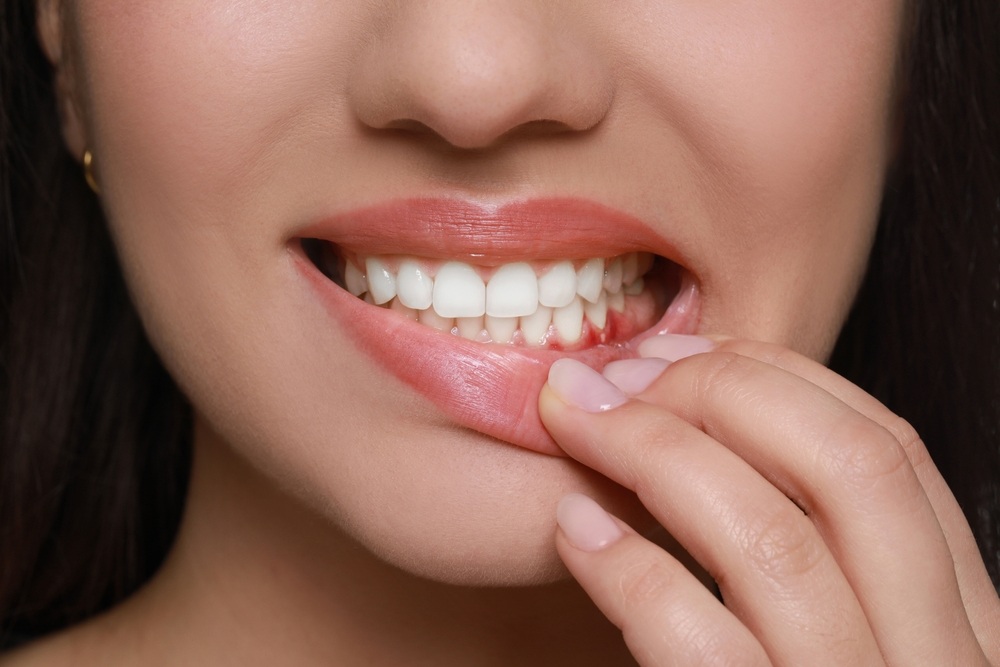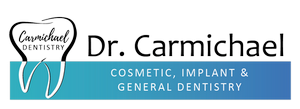Understanding Gum Disease: The Difference Between Gingivitis and Periodontitis

Gum disease is a common dental issue that affects many people, yet it is often misunderstood. Two of the most frequently encountered types are gingivitis and periodontitis. While they may seem similar, they are distinct conditions with different implications for your oral health. Understanding these differences can help you take the right steps to protect your gums and teeth.
Causes of Gingivitis and Periodontitis
Gingivitis is the earliest stage of gum disease, typically caused by plaque buildup on the teeth. Plaque, a sticky film of bacteria, forms when food particles mix with saliva and remain on the teeth and gums. If not removed by regular brushing and flossing, plaque can irritate the gums, leading to gingivitis. On the other hand, periodontitis develops when gingivitis is left untreated. The plaque hardens into tartar, which causes further irritation and inflammation. This advanced stage of gum disease can eventually damage the supporting structures of the teeth, including the bone.
Symptoms to Watch For
Recognizing the symptoms of gingivitis and periodontitis is crucial for early intervention. Gingivitis usually presents with red, swollen gums that may bleed during brushing or flossing. The gums might also feel tender, but there is often little to no pain, which can lead to neglect. Periodontitis, however, shows more severe symptoms, such as receding gums, persistent bad breath, and loose teeth. You may also notice pus between your teeth and gums, which is a sign of infection. These symptoms indicate a more serious condition that requires immediate attention from a dental professional.
Progression and Risks
The progression from gingivitis to periodontitis can occur quickly if proper dental care is not maintained. Gingivitis is reversible with good oral hygiene and regular dental cleanings. However, once it advances to periodontitis, the damage is often irreversible. Periodontitis can lead to tooth loss and has been linked to other health issues, such as heart disease and diabetes. This underscores the importance of early detection and treatment of gum disease.
Prevention and Treatment
Preventing gum disease starts with a consistent oral hygiene routine. Brushing twice a day, flossing daily, and using an antibacterial mouthwash can help remove plaque and prevent gingivitis. Regular dental check-ups and professional cleanings are also essential in maintaining healthy gums. If you are already experiencing symptoms of gum disease, it’s crucial to seek treatment promptly. Gingivitis can be managed with improved oral care, but periodontitis may require more intensive treatments, such as scaling and root planning, or even surgical interventions to restore oral health.
By understanding the differences between gingivitis and periodontitis, you can take proactive steps to protect your smile and overall health. Regular dental visits and good oral hygiene practices are key to preventing the progression of gum disease and ensuring a healthy, confident smile for years to come.
Expert Gum Disease Care at Carmichael DDS
At Carmichael DDS, we take pride in offering comprehensive dental health services tailored to achieve optimal oral health, with our highly trained team committed to delivering the best possible care and results. If you’re dealing with gum disease, our experienced team is here to provide the specialized treatment you need—contact us today at (858) 358-6130. Whether you need a thorough cleaning to manage gingivitis or advanced care for periodontitis, we’re here to help you regain a healthy, confident smile. Don’t wait—let us assist you in preventing further complications and maintaining your gum health.




